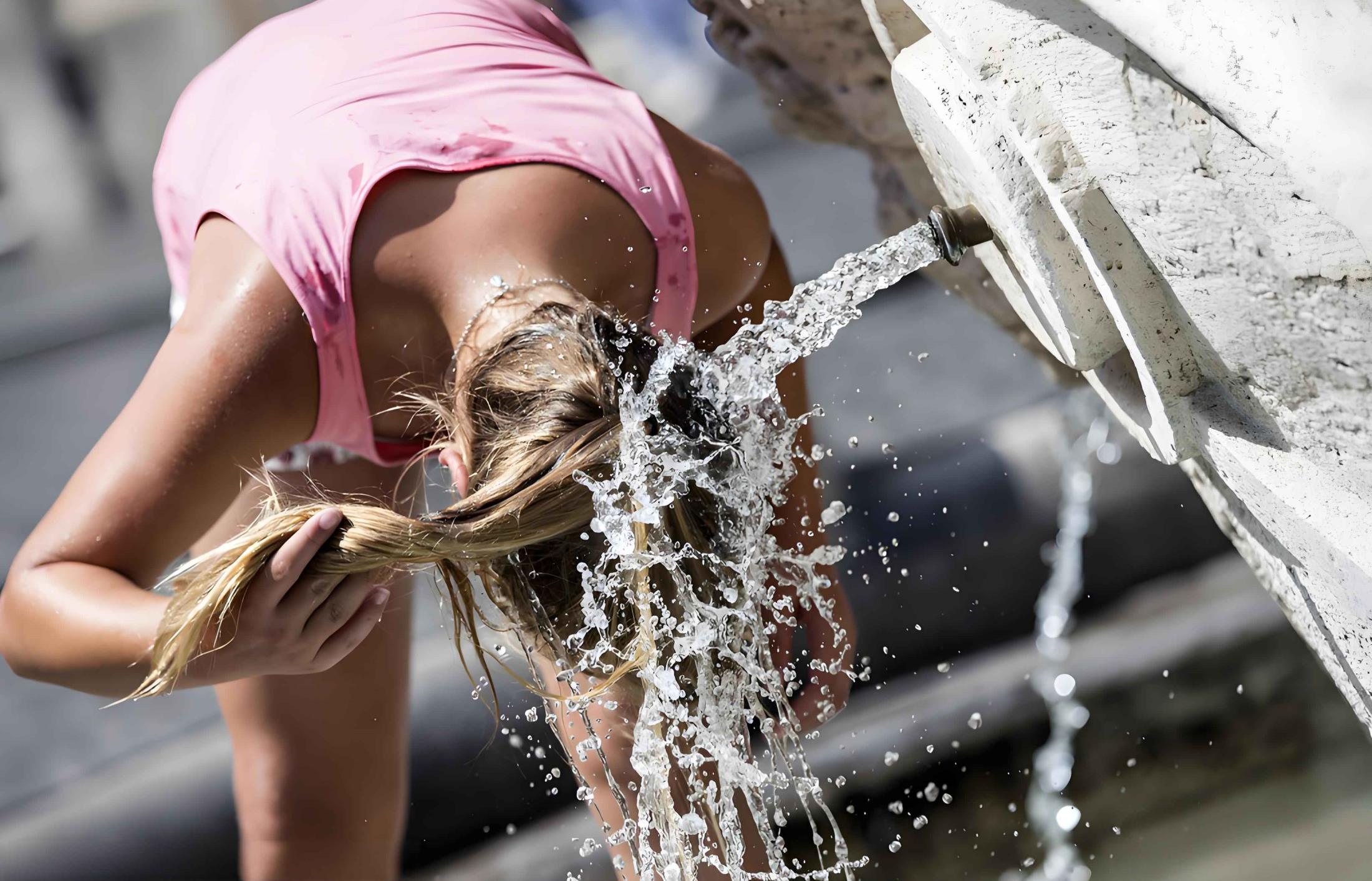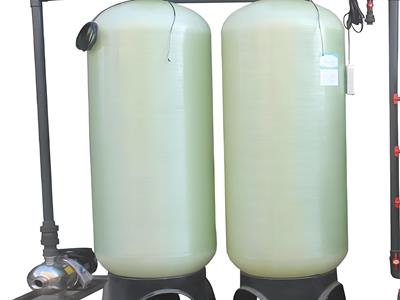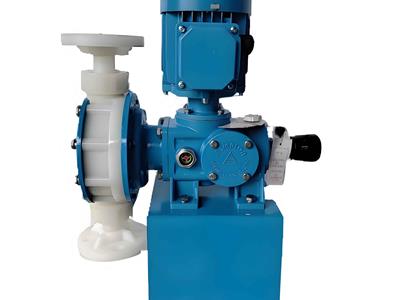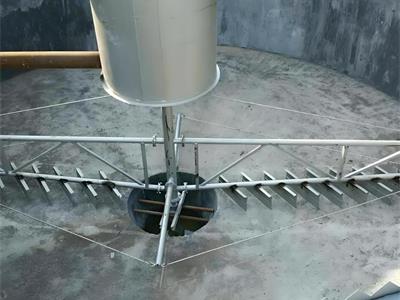- 2025-07-11
Europe
European tap water is usually safe to drink, and in Europe, the standards for tap water and bottled water are the same. Many European countries have set national standards that are higher than the EU drinking water standards, with even claims that "infants can drink it directly." Europeans generally trust the quality of tap water, and many tourist attractions also have public water fountains for visitors to drink directly from.
The following is some detailed information about European drinking water:
Water quality of tap water:
The tap water in Europe is filtered and disinfected to strict standards, meeting high standards for drinking water quality.
Drinking Standards:
The European Union's Drinking Water Quality Directive is the main reference for European countries in setting their own water quality standards. Many countries have set national standards that are higher than the EU standards.
Drinking Habits:
Europeans are accustomed to drinking tap water directly, and even free ice water provided in restaurants is often tap water.
Public Fountains:
Many public places in Europe, such as parks and streets, have drinking water points where tourists can safely drink.
Environmental Movements:
Some European environmental activists have even launched campaigns to encourage the consumption of tap water in order to reduce dependence on bottled water, believing that bottled water may pose hygiene issues.
In summary, the quality of tap water in Europe is high and can be drunk directly. It is the main source of drinking water for many Europeans in their daily lives.
European Tap Water: A Flowing Public Trust
A Revolution in Tap Water Quality
Turn on any public water tap in a European city, and clear water gushes out—whether it's from a vintage drinking fountain by the Seine in Paris or a modern sensor water spout in a Berlin park. These facilities are not just municipal engineering projects; they are also tangible expressions of a way of life. The confidence behind this is supported by stringent multi-level barriers: water from Lake Zurich in Switzerland must slowly permeate through underground rock layers, while snowmelt from the Alps in Vienna naturally filters through a 200-kilometer tunnel. And the water from the River Thames in London undergoes technological purification through ozone treatment and activated carbon adsorption.
Going Beyond Standard Protocols
When the European Union's Drinking Water Directive (98/83/EC) set 60 control parameters, countries quietly established even higher standards:
Germany added a list for detecting pharmaceutical residues, including 47 trace substances such as iodinated contrast agents
Sweden incorporated the 限期置换 of lead pipes into law, with a target concentration ≤5μg/L (compared to the EU standard of 10μg/L)
Helsinki, Finland, implements "infant direct drink certification," with 出厂水菌落总数趋近于零
This rigor is woven into the fabric of daily life: Italian restaurant waiters naturally fill glasses with tap water, Icelandic families directly draw geothermal hot water from their homes for tea, and Portuguese elementary school students fill reusable water bottles from the live water at their school's drinking fountains. In Barcelona, century-old aqueducts still deliver Montserrat mountain spring water, and the city hall annually publishes a "Water Map" marking the coordinates of 132 natural springs.
Green Water Action
As reusable water bottles become a common sight in cities, it reflects a deep environmental awakening:
Rome launches the "Fountain Revival Plan," restoring 200 ancient Roman-style fountains for public use.
Copenhagen Airport installs water temperature self-selection stations, reducing annual plastic bottle consumption by 4.8 million.
On boats cruising Lake Geneva, the captain points to the shimmering waters and says, "Our onboard drinking water system is directly connected to the lake's bottom intake, with filtration processes three steps more than those in bottled water plants." This natural gift, protected by advanced technology, is redefining Europeans' understanding of life's water—it should not be confined in plastic containers but freely flow in public spaces.






